Fig shows of versus P for of oxygen gas at two different temperatures.
(a) What does the dotted plot signify ?
(b) Which is true :
( c) What is the value of where the curves meet on the Y-axis ?
(d) If we obtained similar plot for of hydrogen, would we get the same value of at the point where the curves meet on the y-axis ? If not, what mass of hydrogen yield the same value of (for low pressure high temperature region of the plot) ? (Molecular mass of , of

(i) For the dotted line, constant.
It represents the behaviour of an ideal gas
(ii) The gas equation PV=RT is true only at high temperature.
In figure, curve for is coloser to the dotted line than curve for Hence the relation between and is
(iii) , Here
Topper's Solved these Questions
- KINETIC THEORY OF GASESBOOK - NARAYNACHAPTER - KINETIC THEORY OF GASESEXERCISE - C.U.Q
153 Videos
- KINETIC THEORY OF GASESBOOK - NARAYNACHAPTER - KINETIC THEORY OF GASESEXERCISE - LEVEL-I(C.W)
32 Videos
- KINETIC THEORY OF GASESBOOK - NARAYNACHAPTER - KINETIC THEORY OF GASESEXERCISE - LEVEL-I (H.W)
12 Videos
- GRAVITATIONBOOK - NARAYNACHAPTER - GRAVITATIONEXERCISE - EXERCISE -IV
40 Videos
- LAW OF MOTIONBOOK - NARAYNACHAPTER - LAW OF MOTIONEXERCISE - EXERCISE - IV
35 Videos
Similar Questions
Figure shows plot of PV/T versus Pfor1.00×10−3 kg of oxygen gas at two different temperatures.
(i) What does the dotted plot signify?
(ii) Which is true . T1>T2orT1<T2?
(iii) What is the value of PV/T where the curves meet on the y-axis?_E01_262_Q01.png)
View SolutionIf lines T1andT2 touch the curve y=x2−3x+2 at the points where the curve meets the X- axis, then
View Solution
Knowledge Check
The figure shows the graph of pVT versus p for 2×10−4 kg of hydrogen gas at two different temperatures, where p,V andT represents pressure, volume and temperature respectively. Then, the value of pVT where the curve meet on the vertical axis, is
 AR5B2R3CR10DR15
AR5B2R3CR10DR15If lines T1andT2 are tangent to the curve y=x2−3x+2 at the points where the curve meets the X- axes , then
AT1∣∣T2BT1⊥T2Cm∠(T1),T2=45∘Dm∠(T1),T2=60∘Shown below are the black body radiation curves at temperature T1 and T2(T2>T1). Which of the following plots is correct?
A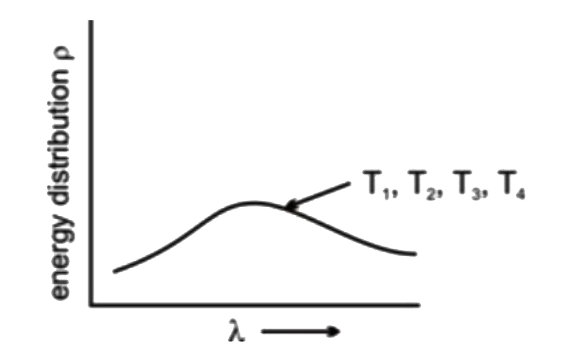 B
B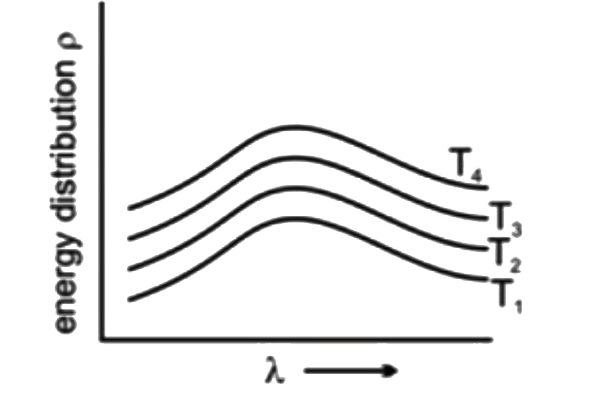 C
C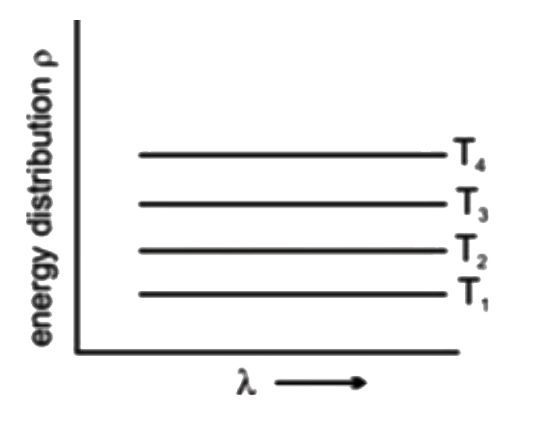 D
D
Figure shows graphs of pressure versus density for an ideal gas at two temperatures T1 and T2 Then
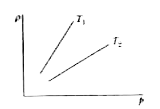
View SolutionIsothermal curves for a given mass of gas are shown at two different temperture T1andT2 in Fig. State whether T1>T2orT2>T1. Justify your answer.
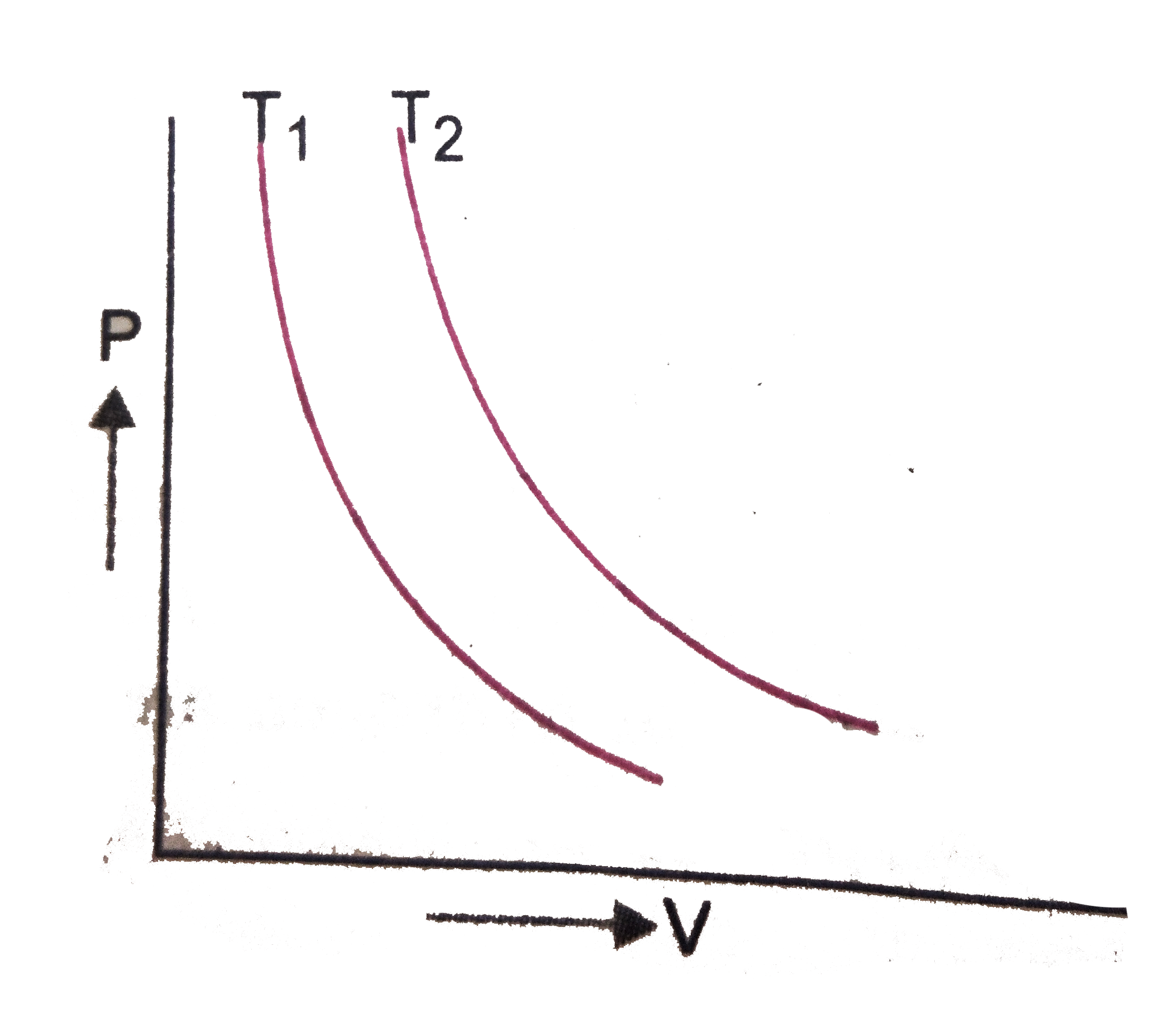
View SolutionThe stress-strain graph for a metallic wire is shown at two different temperature, T1 and T2 which temperature is high T1 or T2 ?
View SolutionFigure shows graphs of pressure versus density for an ideal gas at two temperatures T1 and T2 Which is correct ?
 .
.
View SolutionThe product of PV is plotted against P at two temperatures T1 and T2 and the result is shown in figure. What is correct about T1 and T2?

View Solution
